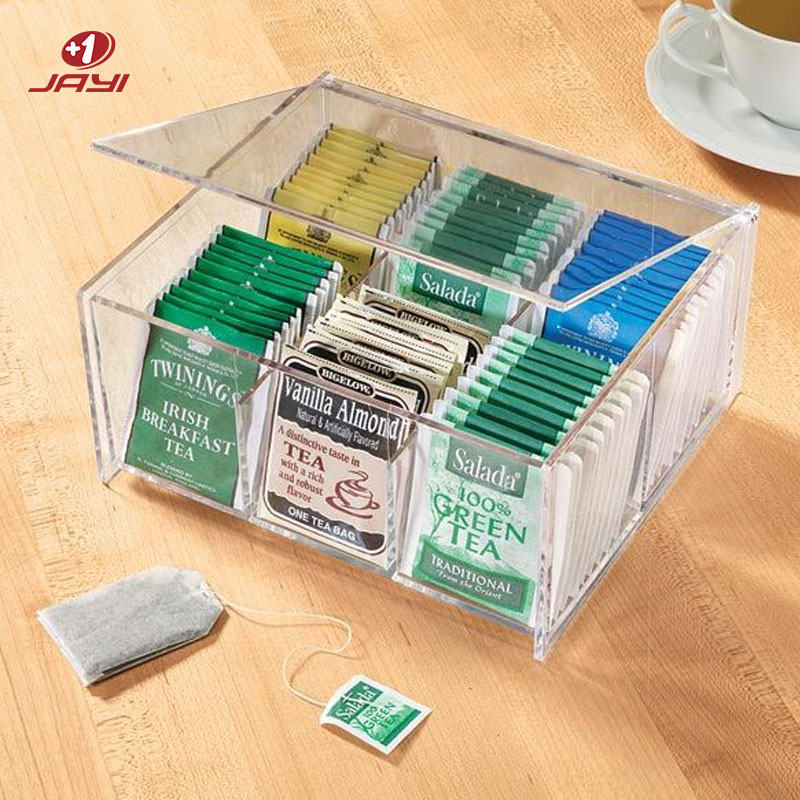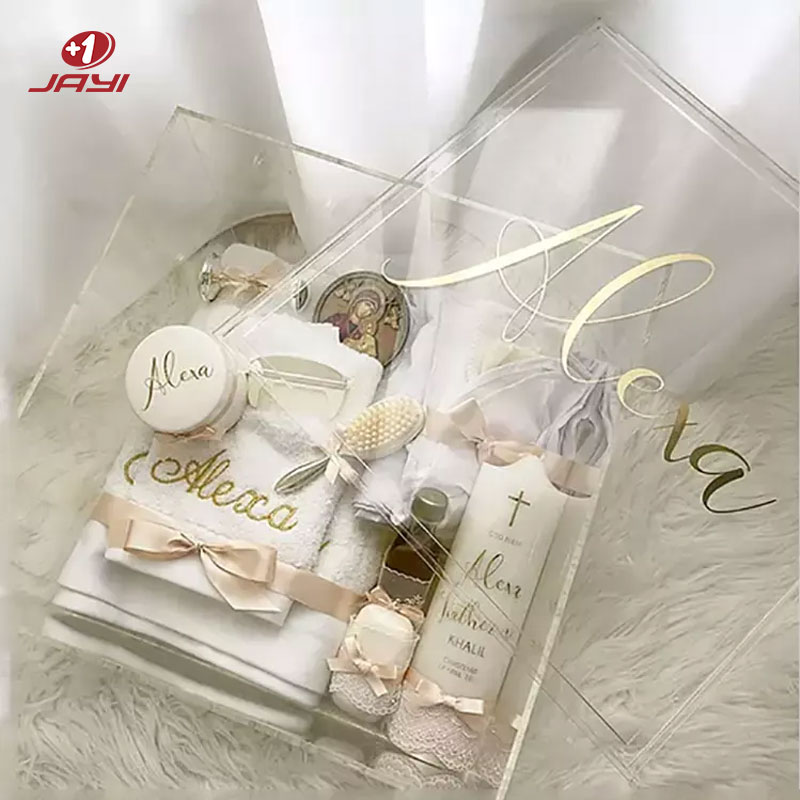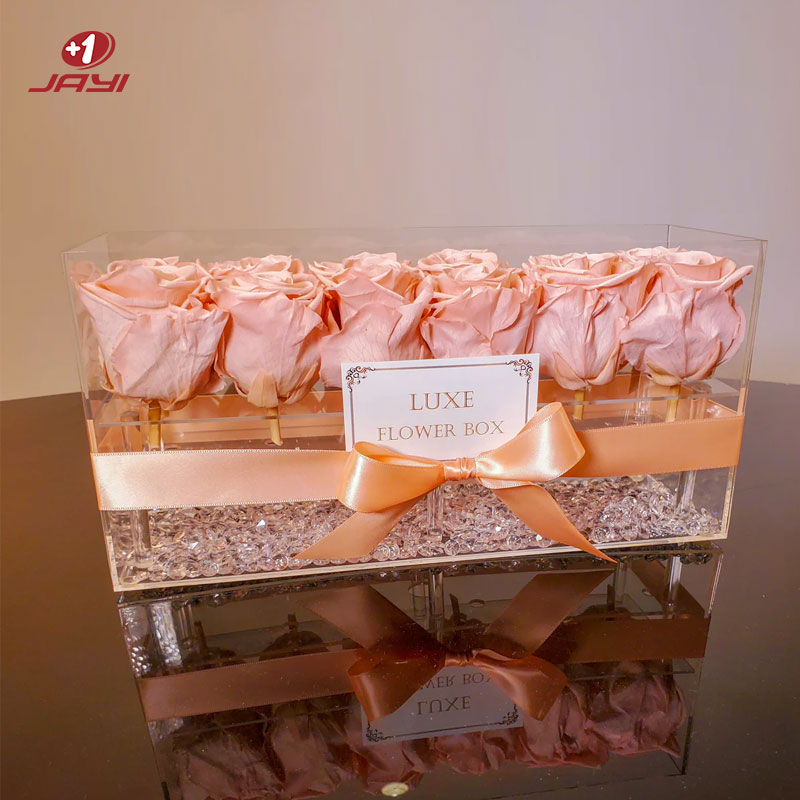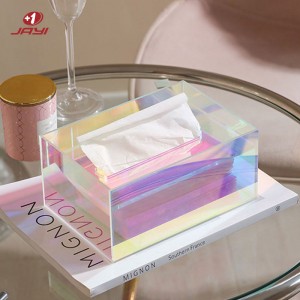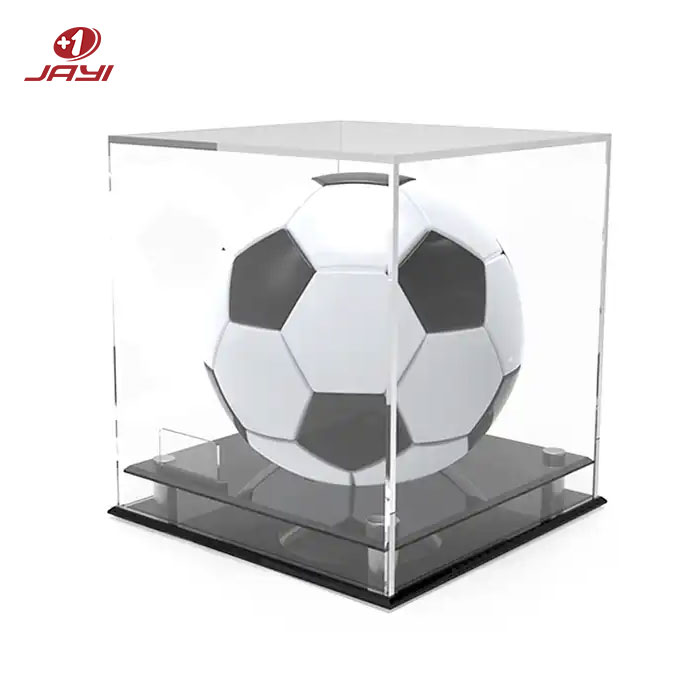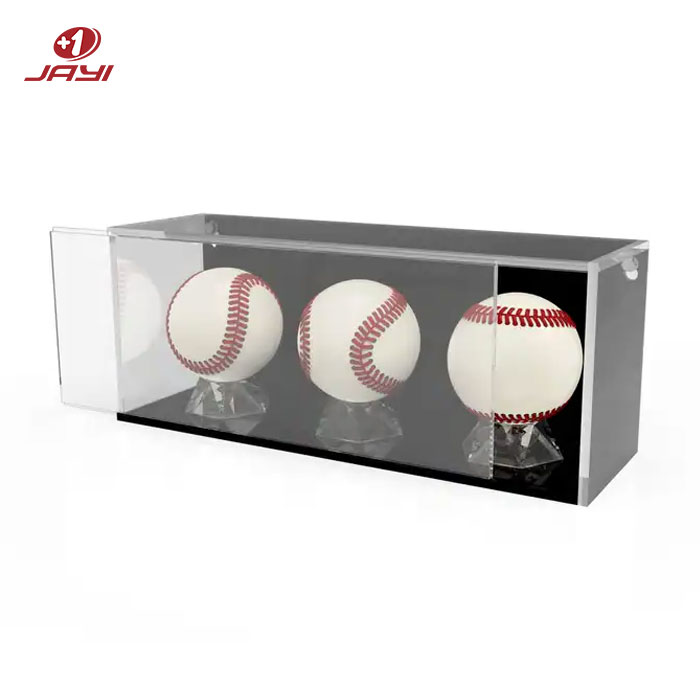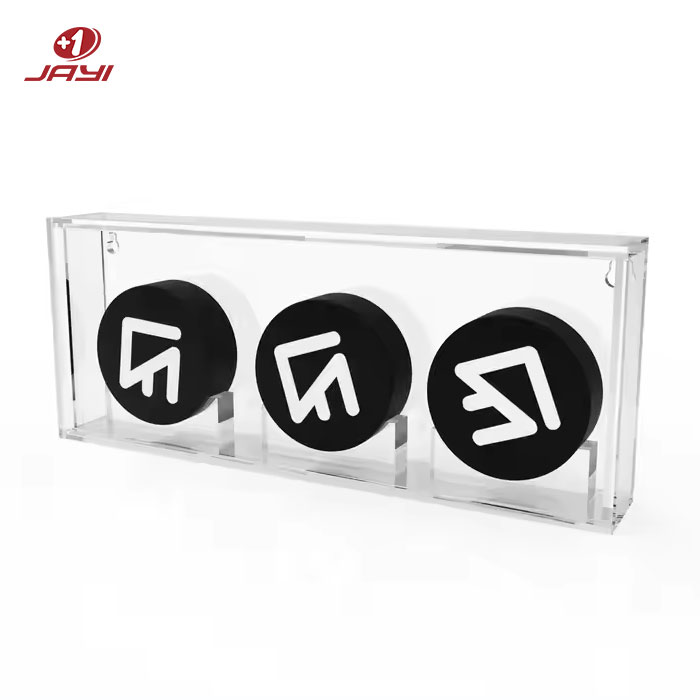Acrylic display boxes have become an important tool for all walks of life to display products in today's competitive market.
Through personalized design and high-quality production processes, customized display boxes can highlight the uniqueness of products, attract customers, and enhance the brand image.
This article will introduce how to make a custom acrylic display box. From the three aspects of design, material preparation, and production process, it will provide you with a detailed and professional production guide to help you create a personalized and high-quality display box, show your product charm and professional image, and provide customized display solutions.
If you are in business, you may like
Design Acrylic Display Box
Custom acrylic display case first needs to communicate with customers in detail to understand their custom requirements, and then make design drawings according to the customer's custom requirements for customer confirmation before proceeding to the next step.
1. Customer Requirements
The core of a customized acrylic showcase is to meet the unique needs of customers. A full understanding and accurate grasp of customer needs is the key to successfully producing custom display boxes.
In communication with customers, our salesmen will listen to customers' needs regarding display purpose, product features, budget, and so on. By deeply understanding the customer's thoughts and expectations, we can tailor the details of the display box such as size, shape, color, and opening to ensure that the display box perfectly matches the product's characteristics.
The diversity of customer needs requires flexibility and creativity. Some customers may want the display box to be transparent and simple, highlighting the beauty of the product itself; While some customers may want the display box to be colorful to highlight specific attributes of the product.
By fully communicating and understanding with our customers, we will ensure that every detail meets their needs and expectations. Customers' needs are the starting point and goal for us to make customized acrylic display boxes. We will do our best to meet the individual needs of customers and create a satisfactory display effect.
2. 3D Design
Making product renderings is an important part of the design of customized acrylic display cases. Through professional image processing software and technology, we can transform the designed display box model into realistic product renderings.
First, we use 3D modeling software to create a model of the display box and set parameters such as material, texture, and lighting to make the model more realistic. Then, through rendering technology, the model is placed in the appropriate environment, and the appropriate perspective and light and shadow effects are set to present the appearance, texture, and details of the display box.
When making product renderings, we pay attention to detail and precision. By adjusting the photographic parameters and material properties, we ensured that the renderings accurately expressed the characteristics such as color, gloss, and transparency of the display box. At the same time, we can also add appropriate background and environmental elements to enhance the overall effect and present the actual use scenario of the product.
The product renderings are highly realistic. Customers can intuitively understand the appearance and characteristics of the display box by watching the renderings, and evaluate the feasibility and satisfaction of the design. Renderings can also be used in publicity and marketing to help customers better present products and attract the attention of target customers.
Acrylic Display Box 3D Design Case Show
Acrylic Display Box Material Preparation
Customized acrylic display box first needs to communicate with customers in detail to understand their custom requirements, and then make design drawings according to customer's custom requirements for customer confirmation before proceeding to the next step.
1. Acrylic Sheet
Acrylic sheet is a high-quality plastic material, also known as plexiglass.
It has the characteristics of high transparency, impact resistance, good durability and strong weather resistance.
The acrylic plate has a wide range of applications, including display caes, display stands, furniture, etc. It can be machined by cutting, bending, grinding and other processes to meet different design requirements.
The diversity of acrylic sheets is also manifested in the rich color, not only transparent, but colored, acrylic mirrors, and so on. This makes the acrylic sheet an ideal material in the production of customized display boxes, which can show the unique charm of the product.
2. Acrylic Glue
Acrylic glue is a kind of glue specially used for bonding acrylic materials.
It usually uses a special formulation that is able to effectively bond acrylic sheets together to form a strong connection.
Acrylic glue has the characteristics of fast curing, high strength, and strong weather resistance. It can provide transparent, non-mark adhesive effect, does not cause damage to the acrylic surface.
Acrylic glue is one of the key materials in the production of customized display boxes. It is used to bond the edges and joints of the acrylic plate to ensure the stability and appearance quality of the plexiglass display box.
When using acrylic glue, it is necessary to follow the correct use method and precautions to ensure the best bonding effect.
Jayi is committed to providing customized acrylic display box solutions to meet customer needs through exquisite processing and molding technology.
Acrylic Display Box Production Process
The following are the specific steps of lucite display box production, each step is crucial.
Step 1: Acrylic Sheet Cutting
Acrylic sheet cutting refers to the processing process of cutting acrylic sheets by machine according to the required size and shape.
Common acrylic plate cutting methods include laser cutting, CNC numerical control cutting.
Laser cutting and CNC cutting using precision equipment for automatic cutting, can achieve high precision and complex shape cutting.
In the cutting of acrylic sheet, it is necessary to pay attention to safety and ensure that the edge of the cut sheet is smooth and smooth to meet the requirements of customized display box production.
Step 2: Polish the Edges
Polished edge refers to the processing of the edge of the acrylic plate to obtain a smooth, smooth, and transparent effect.
Polishing the edges can be done by mechanical or manual methods.
In mechanical polishing, a professional cloth wheel polishing machine and a diamond polishing machine can be used to polish the edge of acrylic to make its surface smooth and flawless.
Manual polishing requires the use of sandpaper, grinding heads, and other tools for meticulous polishing.
Polishing the edges can improve the appearance quality of the acrylic presentation box, making its edges look more refined and transparent, and providing a better look and feel. Polishing the edges also helps to avoid sharp edges and burrs, improving safety.
Step 3: Bonding and Assembly
Adhesive assembly refers to the use of glue to glue multiple parts or materials together to form an overall assembly structure. In the production of customized acrylic display boxes, bonding assembly is one of the commonly used methods.
First, choose the appropriate adhesive. Common choices include dedicated acrylic glue, super glue, or special acrylic adhesives. According to the characteristics and requirements of the material, the adhesive with good adhesion and durability is selected.
In the process of bonding assembly, ensure that the acrylic surface to be bonded is clean, dry, and free of oil. Apply the appropriate amount of adhesive to the surface to be bonded and align the parts correctly as designed. Then, appropriate pressure is applied to evenly distribute the adhesive and strengthen the bond.
After the adhesive is dried and cured, the bonding assembly is completed. This method can achieve accurate component fit and high-strength connection to ensure the stability and durability of the lucite display box.
When performing adhesive assembly, it is necessary to pay attention to the amount of adhesive used and the applied pressure to avoid bonding problems caused by excessive use or uneven application. In addition, depending on the material and design requirements, it may be necessary to use auxiliary tools such as clamps or supports to ensure the stability of the bonding.
Step 4: Post-processing
Post-processing refers to a series of processing and processing steps after the production process of the perspex display box is completed, in order to achieve the final completion and improve the quality and appearance of the product. In the production of customized display boxes, post-processing is a crucial link.
Common post-processing steps include polishing, cleaning, painting, and assembly.
• Polishing can be done by cloth wheel polishing and flame polishing to make the surface of the display box smooth and bright and improve the appearance and texture.
• Cleaning is the step to ensure that the surface of the display box is free of dust and stains to keep it clear and transparent.
• Painting is applying a coating on the surface of the display box according to the design requirements, such as UV printing, screen printing or film, etc., to increase the color, pattern or brand logo.
• Assembly is to assemble and connect the various parts to ensure the stability and integrity of the display box.
In addition, quality inspection and packaging may be required. Quality inspection is used to confirm the quality standard of the display box and ensure that the customer's requirements are met. Packaging is the proper packing and protection of the display box for easy transportation and delivery to the customer.
Through careful post-processing steps, the appearance quality, durability, and attractiveness of the display box can be improved. Post-processing is an important part of ensuring that the final product meets expectations and meets customer needs, and it also highlights the professionalism and quality of the display box.
Summary
Each step of the acrylic box with lid production process is carefully designed and precisely executed to ensure the quality of the final product and customer satisfaction.
The above 7 steps are merely a general guide to the process of making an acrylic box with a lid. The exact manufacturing process may vary, depending on the design and requirements of the box. It is important to ensure that high-quality fabrication standards are maintained at each step to provide custom acrylic boxes that meet customer expectations.
As a professional acrylic box customization manufacturer, Jayi is committed to providing customers with high-quality, personalized custom solutions. If you have any requirements on acrylic box customization, please feel free to contact us, we will serve you wholeheartedly.
Jayi is committed to providing customers with perfect customized services, ensuring that every detail meets customer expectations. A custom plexiglass display box is an important tool for you to display products and attract customers. We will continue to work hard to bring you more diverse display solutions. If you need a customized perspex display box, welcome to contact us, we will provide you with professional custom service!
Post time: Jan-15-2024

